AO Edited
Hobcaw Barony
This former hunting grounds that once attracted U.S. presidents and other luminaries. Now it’s a privately owned research reserve dedicated to environmental sciences.
In South Carolina’s Lowcountry, a richly diverse stretch of land once belonging to a Wall Street banker is today a 16,000-acre reserve that offers access to nearly every common ecosystem and terrain along the South Carolina coast. It acts as a center for wildlife and conservation study, one dedicated to teaching people about local history and ecology, as well as the intersection between the two, and is home to more than 70 cultural sites—including cemeteries, slave villages, and the residences of the land’s former owners.
Hobcaw Barony, as it’s known, sits along the South Carolina coast, near the historic seaport of Georgetown. It occupies one of the few undeveloped tracts on the Waccamaw Neck, a peninsula that juts down toward Charleston, between the Waccamaw River and the Atlantic Ocean.
“Hobcaw” is a Waccamaw tribal word that means “between the waters,” and centuries ago, the Waccamaw people used this peninsula to harvest and forage their foods. In 1526, a Spanish colony called San Miguel de Gualdape was settled in the area. Then in 1711, the land was surveyed and named Hobcaw Barony (a barony is a type of Royal land grant bestowed, in this case, by England’s king), and eventually subdivided into 14 individual plantations.
Nearly two centuries passed before Bernard M. Baruch, a Wall Street financier and presidential adviser, purchased the property for himself. Baruch recombined the bulk of its many holdings—which had been mostly used for rice production—and transformed them into a winter hunting retreat. Throughout the early 20th century, Baruch would spend his days hunting deer, duck, and quail, and then enjoy sumptuous dinners overlooking the Waccamaw River with guests that included composer Irving Berlin, publisher Joseph Pulitzer, and U.S. presidents Woodrow Wilson and Franklin D. Roosevelt.
Although Baruch utilized his property strictly as a vacation destination, his eldest daughter, Belle, could see the value in Hobcaw Barony’s rich diversity. She began purchasing parcels of land from her father in 1936, starting with 5,000 acres. She procured the remainder over the following years, and before her death in 1964, established a foundation that would protect and maintain Hobcaw Barony. Belle stipulated in her will that the land be set aside to serve as an outdoor research laboratory for forestry, wildlife, and marine science upon her passing. Today the Belle W. Baruch Foundation is Hobcaw Barony’s sole owner.
Thanks to Belle’s efforts, college and university students now utilize Hobcaw Barony to study everything from conservation to climate change. The reserve’s flora and fauna includes low-lying hardwood and longleaf pine forest, and wetlands dominating its outer edges. Shellfish-filled tidal salt marshes and creeks—which are also home to the occasional loggerhead sea turtle or blacktip shark—border the land to the east, while an array wildlife that includes red-cockaded woodpeckers, white-tailed deer, and turkeys make good use of the overall property. The reserve also features isolated cypress-tupelo swamp basins, which attract several orchid species, along with nesting bald eagles and an alligator or two.
Know Before You Go
Visitors can only access Hobcaw Barony through guided tours and events, which occur at various days/times throughout the week, and can change according to season.
Reservations are required for the property’s two main tours. The “Discover Hobcaw” ($28/person), a two-hour tour of the Barony’s highlights, including an inside look at Bernard Baruch’s c.1930 home, and a stop in Friendfield Village—the last 19th-century slave village on the Waccamaw Neck—takes place on weekdays. Saturday’s “Explore Hobcaw Barony” tour ($38/person) is an expanded version of the first.
Hobcaw Barony’s Discovery Center features exhibits that tell the stories of the property through photographs, oral recordings of previous residents, and historical artifacts. There’s also a 1,200-gallon saltwater aquarium filled with native fish found in Hobcaw’s surrounding tributaries, and an onsite gift shop. Admission to both the Discovery Center and gift shop are free.
The Discovery Center is open 9 a.m. to 5 p.m., Monday through Friday, and 9 a.m. to 2 p.m. Saturday. It’s closed on Sundays.
Plan Your Trip
The Atlas Obscura Podcast is Back!



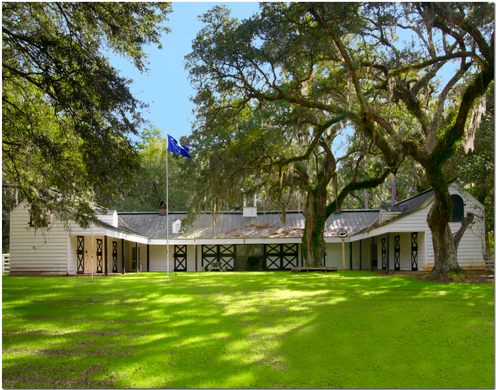






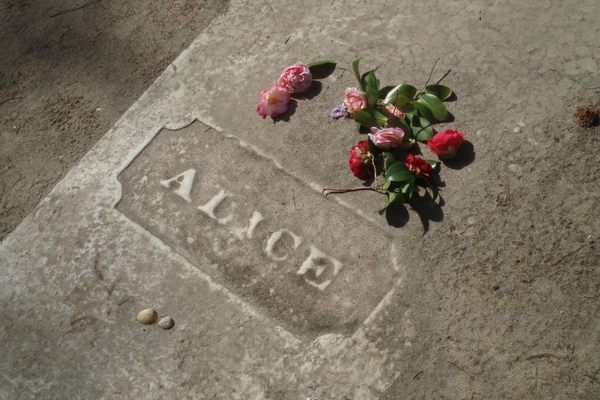

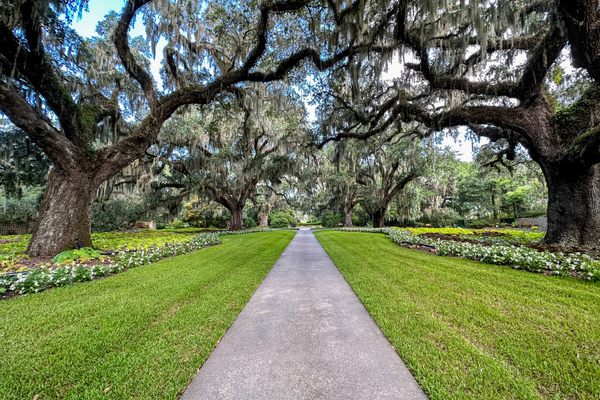
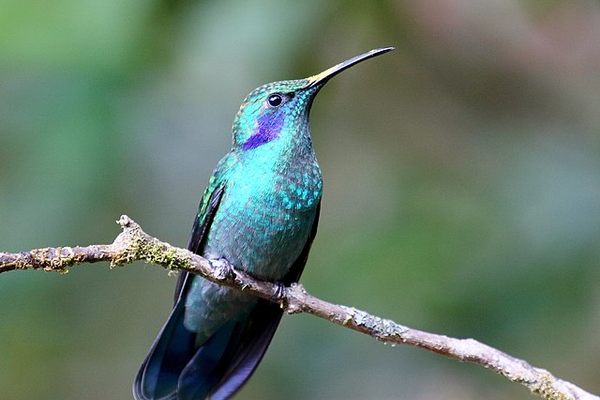
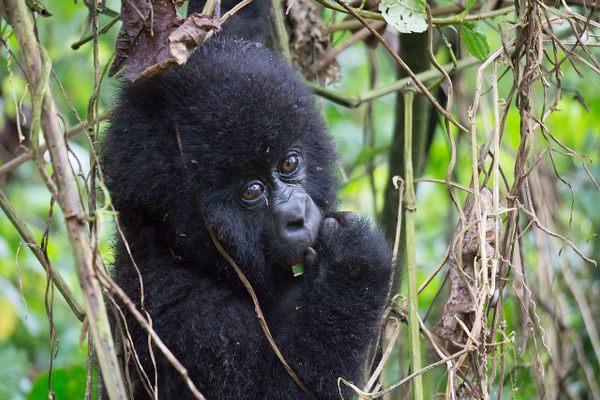



Follow us on Twitter to get the latest on the world's hidden wonders.
Like us on Facebook to get the latest on the world's hidden wonders.
Follow us on Twitter Like us on Facebook